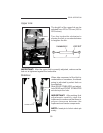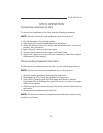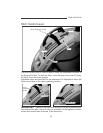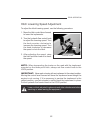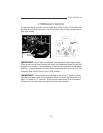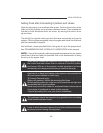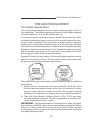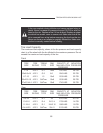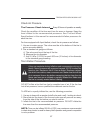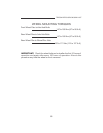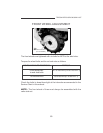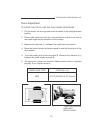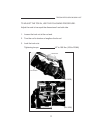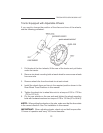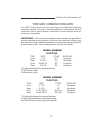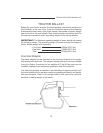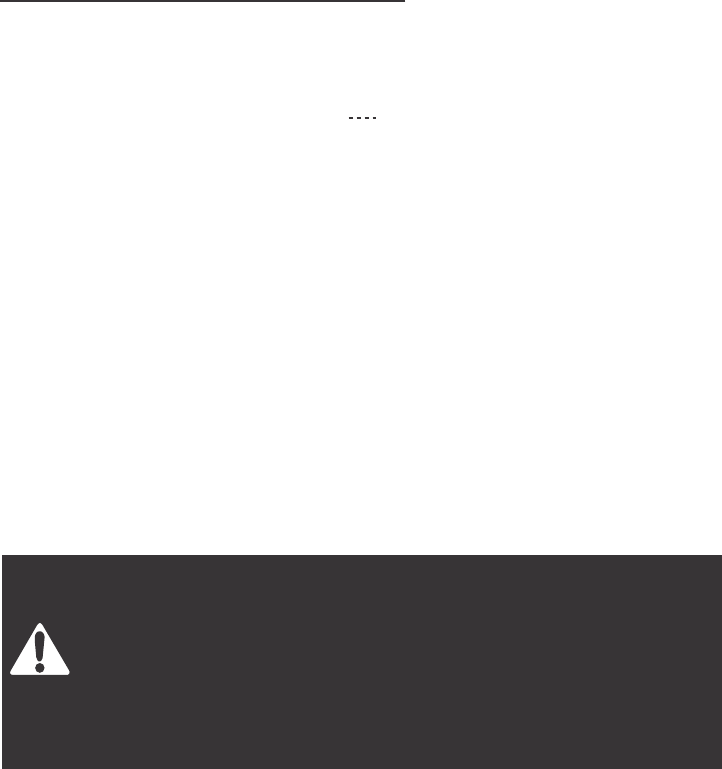
TIRES/WHEELS/SPACING/BALLAST
67
Check Air Pressure
Tire Pressure Check Interval Every 50 hours of operation or weekly.
Check the condition of the tires and rims for wear or damage. Keep the
tires inflated to the recommended pressures. See Tire and Wheel
Specifications in this manual for recommended inflation pressures for
each tire size.
For tires equipped with liquid ballast, check the air pressure as follows:
1. Use an air-water gauge. The valve must be at the bottom of the tire to
get an accurate reading.
2. Use a standard air gauge as follows:
A. The valve must be at the top of the tire.
B. Measure the rim diameter.
C. Add 3.5 kPa (1/2 PSI) for each 305 mm (12 inches) of rim diameter
to the standard gauge reading.
Tire Inflation Procedure
A tire can explode during inflation and cause serious injury or
death. Never increase air pressure beyond 35 PSI to seat the
bead on rim. Replace a tire if it has a defect. Replace a wheel
rim which has cracks, wear or severe rust. Make sure that all the
air is removed from a tire before removing the tire from the rim.
Never use force on an inflated or partially inflated tire. Make sure
the tire is correctly seated before inflating.
DO NOT inflate a tire that has had a complete loss of air. If the tire has
lost all air pressure, have a qualified tire mechanic service the tire.
To ADD air to a partly inflated tire, use the following procedure:
1. Use an air hose with a remote shutoff valve and a self – locking air chuck.
2. Stand behind the tread of the tire and make sure all persons are away
from the side of the tire before you start to add air.
3. Inflate the tire to the recommended air pressure. DO NOT inflate the
tire more than the recommended pressure.
NOTE: Tires can be inflated 28 kPa (4 PSI) over maximum recommended
in chart when tractor is used for heavy draft operation and ground compaction
is not a problem.



